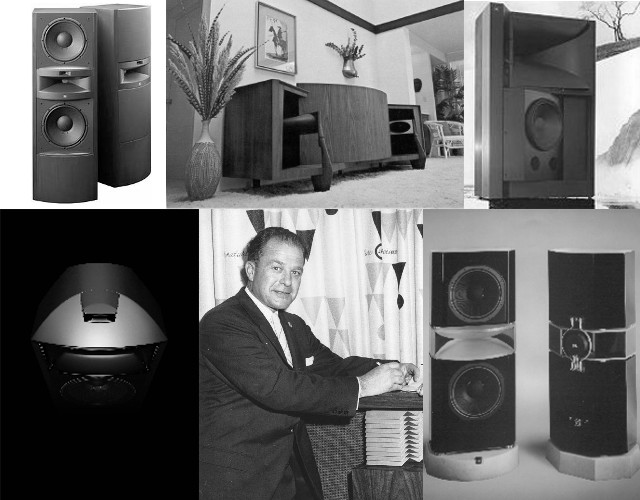|
|
|||||||||||
Project may |
|||||||||||
|
|
|
||||||||||
|
The "Project" title is in reference to our inspiration – JBL's Project speakers of the last four decades. These systems (Hartsfield, Paragon, Everest and K2) were meant to be the "absolute peak of every technological, material and engineering innovation available to the art and science of audio at that time." While these lofty goals are beyond our grasp, our intent is to come as close as we dare. More significant is the "May" title in the name. It is in tribute to Edmond May, one of the most influential engineers ever to work at JBL. Ed was responsible for the design of the majority of transducers and loudspeaker systems during the Golden Era of JBL from the 1950's and into the 1970's. However, there is one aspect of his accomplishments that bears directly on this project. This is, his establishment of a legacy for excellence in transducer design. In 1959, Ed May, under the direction of Bart Locanthi, was given the task of developing a new line of loudspeaker transducers for JBL. There was one goal - to develop the finest drivers possible. The resulting LE series of loudspeaker components set new standards in low distortion, high output and linear response. For example, the flagship LE15 used a huge Alnico V slug magnet in a massive cast iron return structure. This was mated to an inordinately thick top plate that allowed the voice coil to remain within the magnetic gap, even at maximum excursion. The result was minimal distortion and maximum linearity. Forty years later, and the tradition of excellence continues. In 1999, the engineers at JBL Consumer began development of a series of drivers that would push the limits of sonic accuracy. The K2-S9800 drivers are the result of that program. They consist of the 1500AL bass driver, the 435Be midrange compression driver and the 045Be UHF driver. The technology employed in these drivers represents the state-of-the-art in transducer engineering. However, the principles behind their design trace directly back to those established by Ed May. In particular the 1500AL bass driver builds on the concepts embodied in the original LE15. Like that driver, the 1500AL uses a huge Alnico magnet in a extremely efficient return structure and a very deep magnetic gap. While the 1500AL contains remarkable advances in design, construction and materials, the core principles remain true to those established by Ed May in the development of the LE15. In January of 2004, JBL Consumer presented the members of this website with an unprecedented opportunity. Though the donation of a complete complement of K2 S9800 drivers, our members are now able to undertake an initiative to develop our own statement loudspeaker system. This section of the Lansing Heritage Website has been developed to document the progress of that initiative, from the the original concept through to a finished loudspeaker system. Over the coming months, you will be able to follow our progress here as we work to produce a system worthy of the name - The Project May loudspeaker. The origin of this initiative is attributable to Mike Baker, organizer of the Midwest Audiofest. Mike took exception to the fact that the webmaster of Lansing Heritage does not actually own any Lansing loudspeaker products. He began a personal quest to rectify this heresy and quickly rallied the support of a number of website members. The original goal was to build a custom system for Don McRitchie. While this goal remains, the scope of the initiative has radically expanded to encompass and benefit all of the members of this website. This format of this section of the Lansing Heritage Website is designed to provide an ongoing chronicle of the development process for the Project May initiative in close to real time. Information will be published here as it becomes available. The "Project May Blog" page will provide a log of updates to this section. Day-to-day work is being communicated through this site's discussion forum. Because of issues related to proprietary information, most of the discussions are being held in private forums that have access restricted to the participants. However, there is an open invitation to join this initiative and become a participant. If you are interested, send an email with this request to [email protected]. If you have any questions regarding this section of the website, feel free to contact its developer Wardsweb at: |
|||||||||||



















